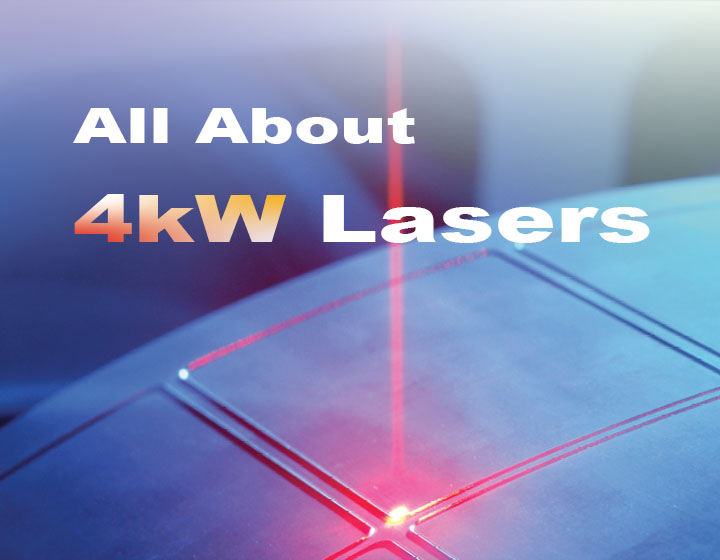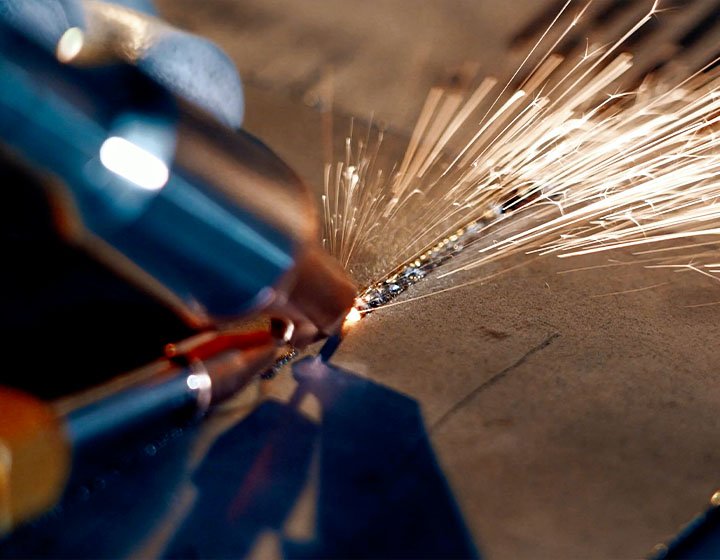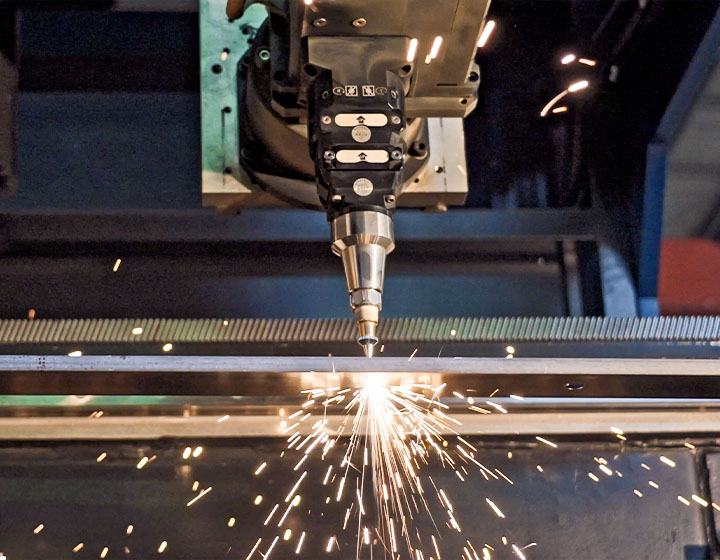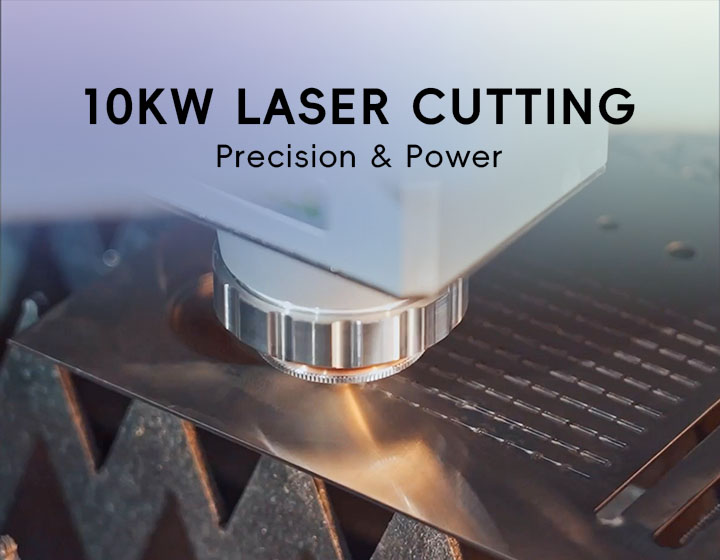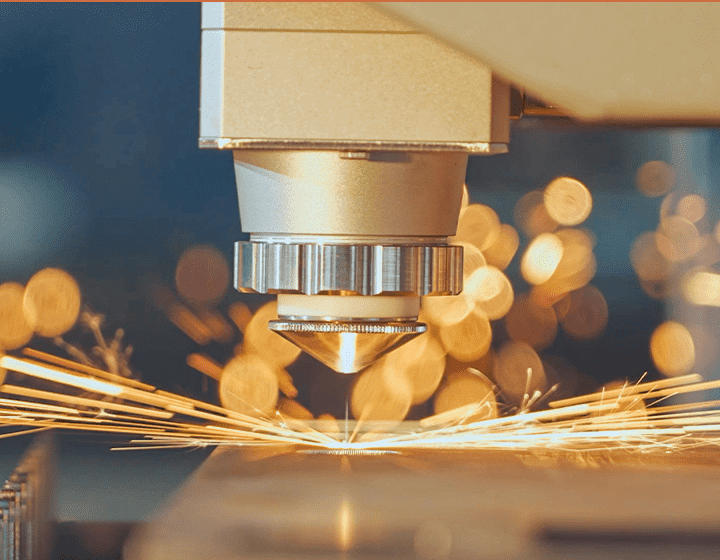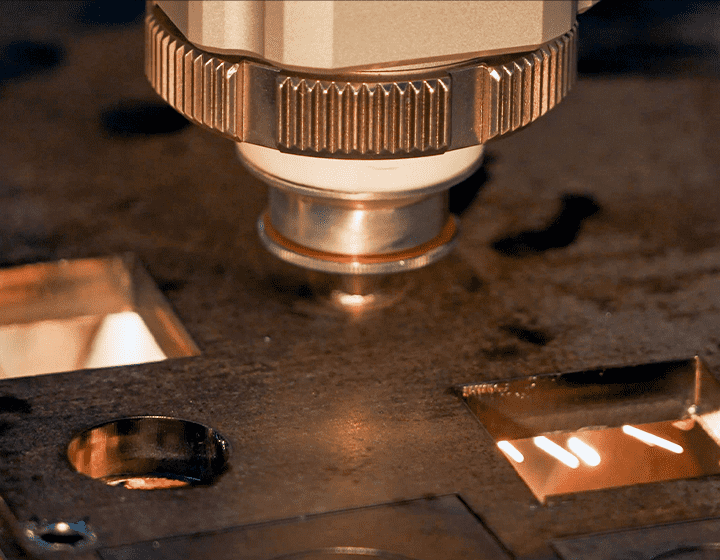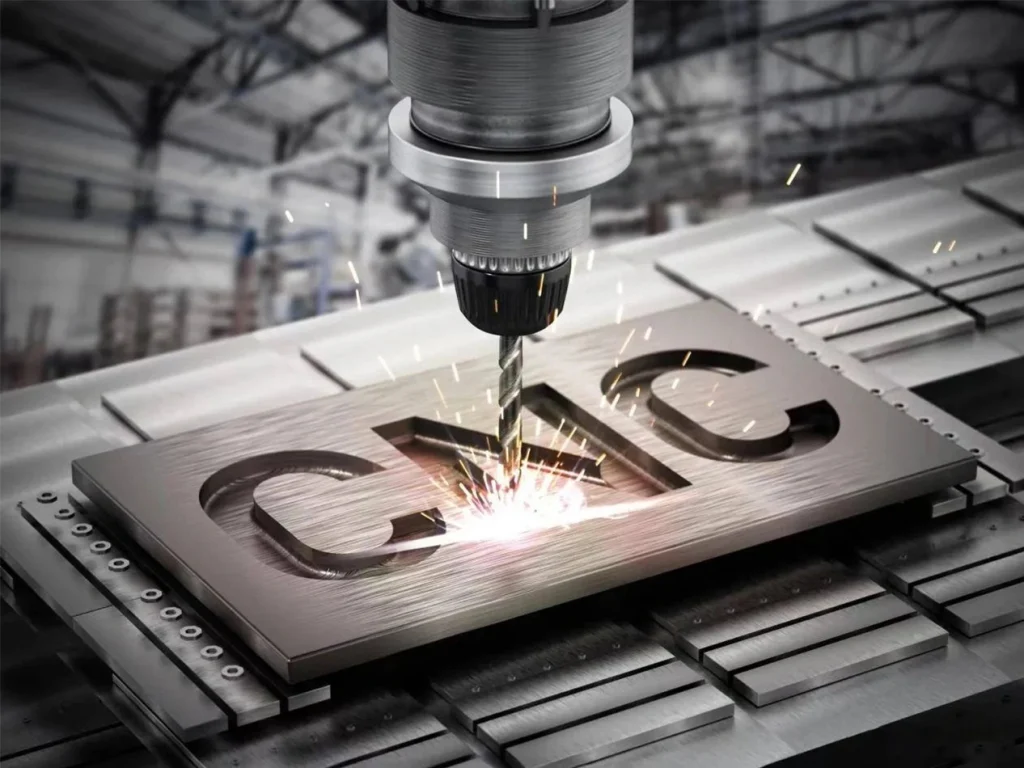News
Laser Cut Metal Art: Unlocking the Power of Precision in Artistic Expression
Introduction: The Artistic Revolution of Laser Cut Metal Art
Laser cut metal art has become a transformative force in the art world. The ability to cut intricate patterns and designs in metal with laser technology allows artists to push the boundaries of creativity, producing visually stunning pieces that were once unimaginable. From decorative sculptures to wall art, laser cutting offers a level of precision that brings new life to metal, turning it into an expressive medium for artists and designers alike.
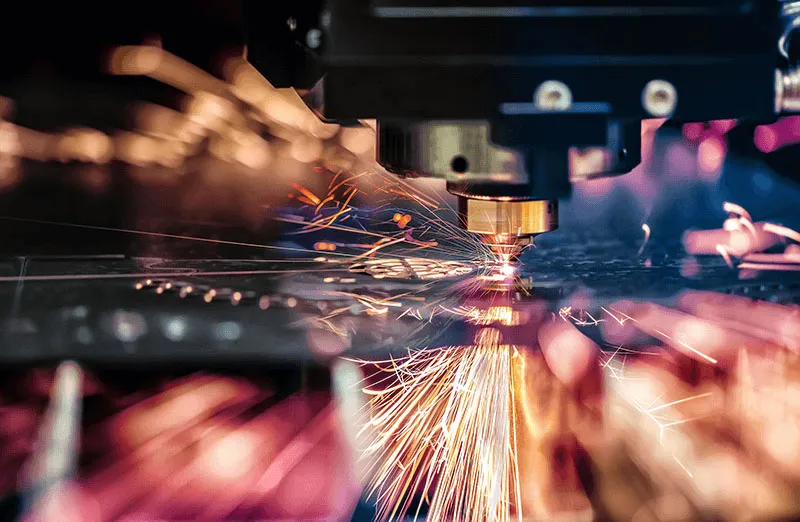
But what exactly makes laser cut metal art so unique, and why is it taking the art world by storm? In this article, we will explore the process, the advantages it offers, and how you can incorporate laser cutting into your own artistic journey.
1. What is Laser Cut Metal Art?
◆ Understanding Laser Cutting Technology
Laser cutting involves using a high-powered laser beam to precisely cut through materials like metal, wood, and plastic. In metalworking, laser cutting provides the accuracy and cleanliness necessary for crafting intricate designs. The process works by focusing the laser beam onto the metal, where the material is either vaporized, melted, or burned away, depending on the settings and type of metal being used.
This technology is controlled by CNC (computer numerical control) systems, allowing for precise and repeatable cuts. The flexibility of laser cutting makes it a popular choice for artists looking to create complex geometric patterns, custom shapes, and intricate details in metal.
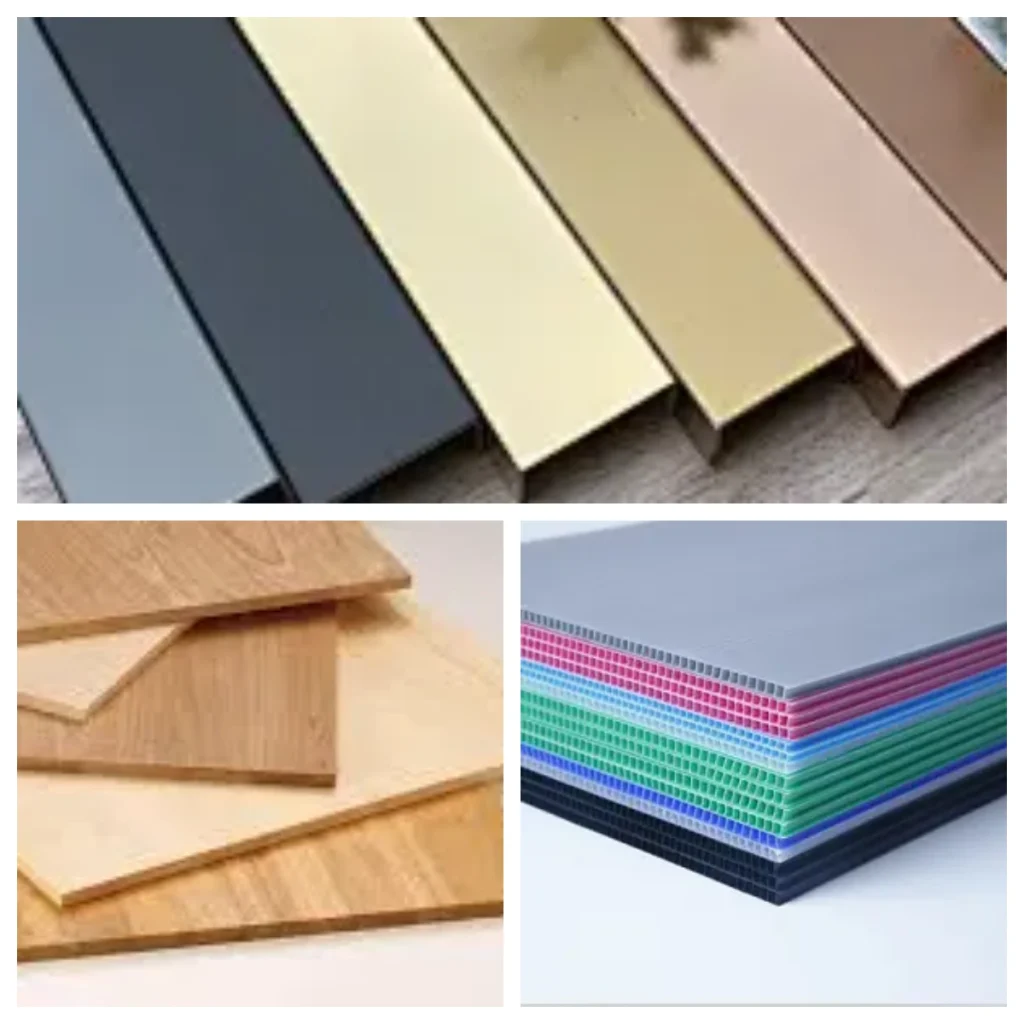
2. The Advantages of Laser Cut Metal Art
◆ Precision and Detail
The primary reason laser cutting is preferred by artists is its unmatched precision. The laser beam is capable of cutting to the smallest of details, allowing artists to create highly intricate and delicate patterns that would be difficult, if not impossible, with traditional cutting methods. Whether it’s fine lines, complex shapes, or detailed engravings, laser cutting ensures that every element of the design is executed flawlessly.
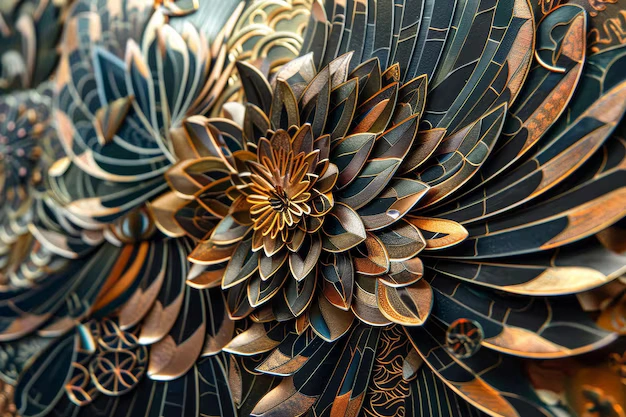
◆ Versatility in Design
Laser cut metal art offers versatility in terms of design. Artists can create custom designs that range from modern abstract shapes to classical motifs, all in a wide variety of metals. Whether using stainless steel, copper, or aluminum, laser cutting can handle it all, providing a robust platform for artistic freedom.
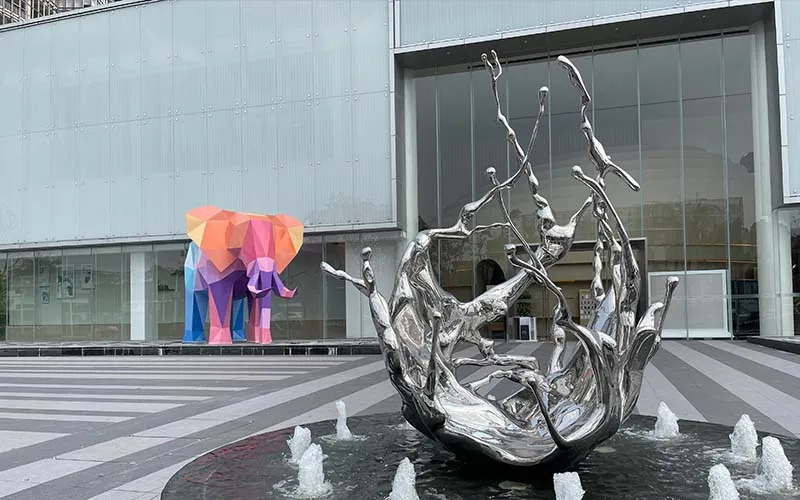
◆ Clean Cuts with Minimal Waste
Compared to traditional cutting methods like sawing or waterjet cutting, laser cutting produces far cleaner edges and reduces waste. This is particularly important for artists who want to minimize the use of materials and keep costs low. The precision of the laser allows for intricate cuts without the need for extensive finishing work, such as sanding or polishing.
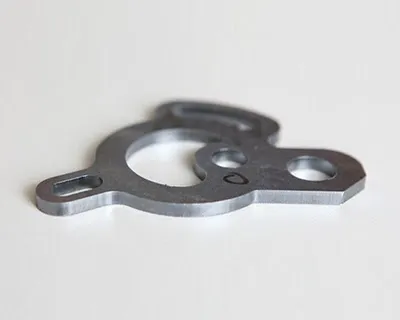
◆ Speed and Efficiency
Laser cutting is also incredibly efficient. For artists working on larger pieces or custom commissions, laser cutting can speed up production without sacrificing quality. The automated nature of laser cutting machines means that designs can be replicated quickly, allowing artists to produce multiple iterations of a piece with minimal effort.
3. How Laser Cutting is Used in Metal Art
◆ Sculptures and Installations
Artists often use laser cutting to craft metal sculptures and installations. The technology enables the creation of large-scale pieces with intricate details, which would be extremely challenging to achieve by hand. From abstract forms to figural representations, laser cut metal can bring these visions to life with remarkable precision.
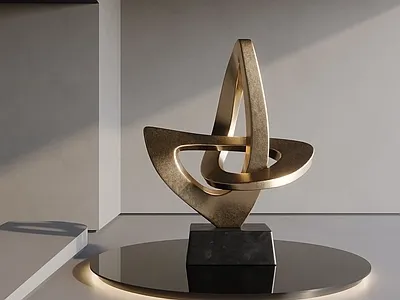
◆ Wall Art and Decor
One of the most popular uses of laser cut metal is in the creation of wall art and decorative panels. The versatility of laser cutting allows artists to produce unique patterns, cutout designs, and personalized artwork. Whether it’s creating a nature-inspired design or a cityscape silhouette, the possibilities are endless.
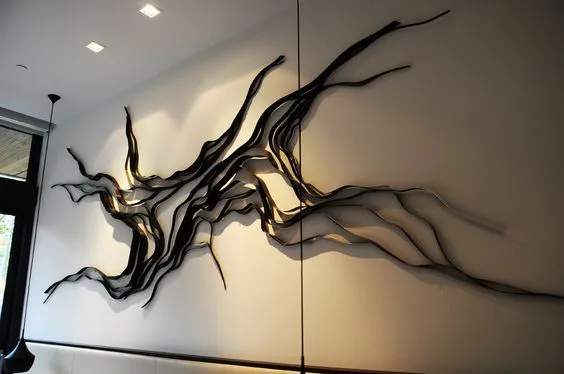
◆ Jewelry and Small Metal Artworks
For artists working on smaller scales, laser cut metal art provides an excellent method for creating intricate jewelry and miniature sculptures. The precision of the laser ensures that even delicate, detailed designs can be achieved with metal, opening up a world of possibilities for jewelry designers and artists alike.

◆ Functional Art
In addition to decorative pieces, laser cut metal can also be used for functional art. Artists and designers often incorporate laser cutting into creating furniture, lighting, and architectural elements. The clean lines and precision cuts provide not only visual appeal but also functional design.
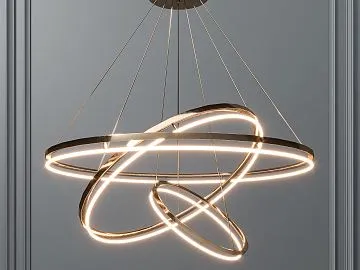
4. Materials Used in Laser Cut Metal Art
◆ Steel
Steel is one of the most common materials used for laser cutting in art. It’s durable, strong, and provides a solid foundation for large pieces or sculptures. Stainless steel, in particular, is favored for its resistance to rust and its ability to take on a polished finish.
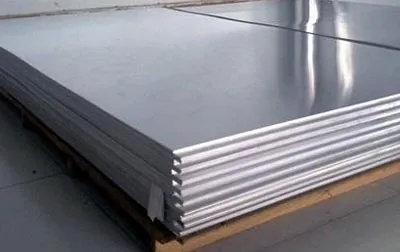
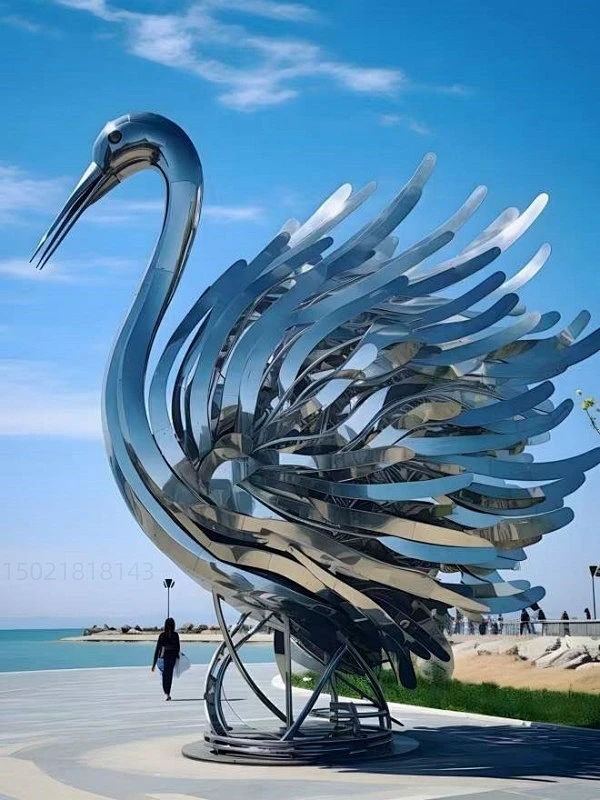
◆ Aluminum
Aluminum is another popular choice for laser cut metal art. It’s lightweight, yet strong, and can be used for everything from wall art to outdoor sculptures. Its ability to be easily cut and anodized makes it perfect for creating modern, sleek pieces.
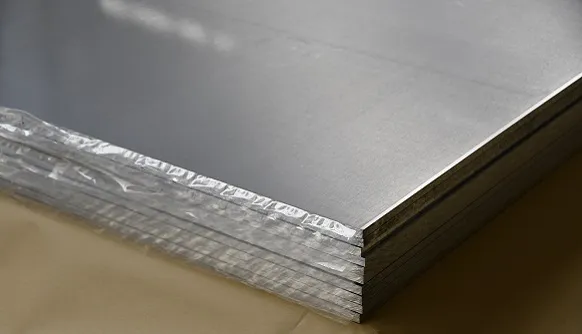

◆ Copper
Copper is a beautiful material for art, with its distinctive reddish color and ability to develop a patina over time. Artists often use laser cutting to craft intricate patterns and designs that make the most of copper’s unique qualities.
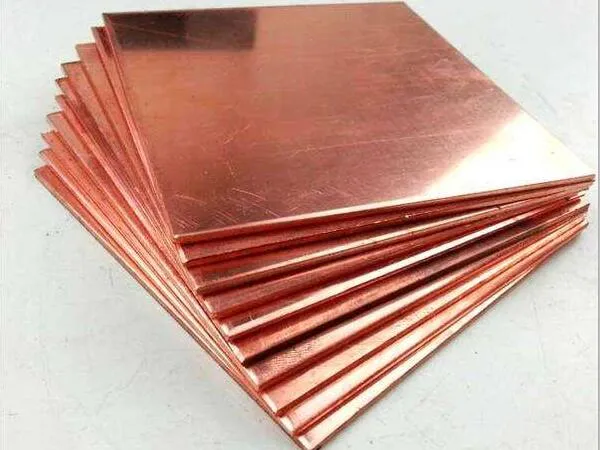
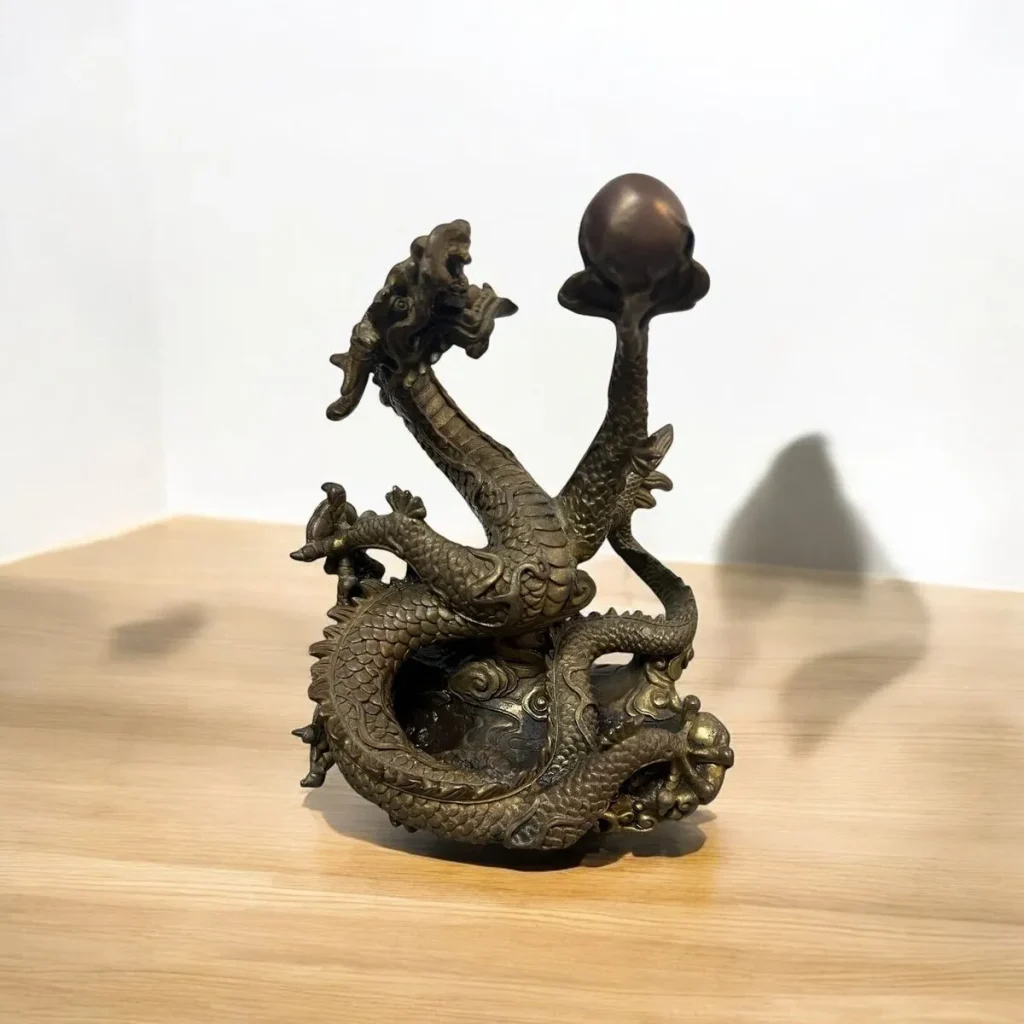
◆ Brass
Brass combines the strength of steel with the aesthetic appeal of gold. Its ability to hold up in both indoor and outdoor environments makes it a fantastic choice for decorative pieces that need to stand out.
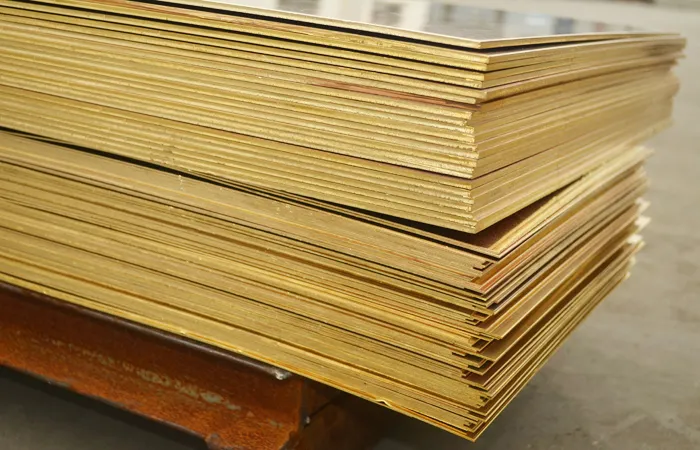
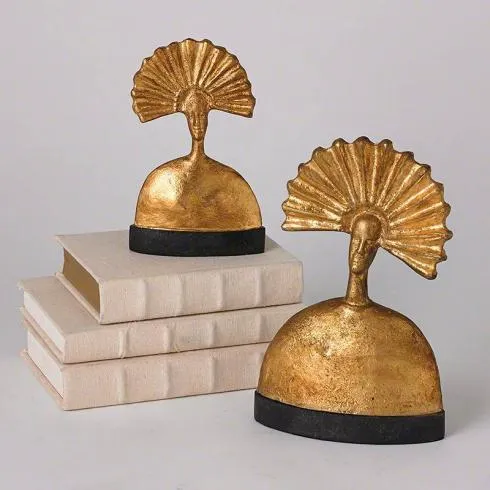
5. Getting Started with Laser Cut Metal Art
◆ Designing Your Artwork
Before you begin laser cutting, you’ll need to create a design. Many artists start by sketching their ideas on paper, and then they use design software such as Adobe Illustrator or CorelDRAW to convert these designs into vector files. These vector files are what the laser cutter will use to guide the cutting process.
◆ Choosing the Right Laser Cutter
Choosing the right laser cutting machine is key to achieving the results you want. Machines range in size and power, with more powerful machines offering the ability to cut thicker materials and more intricate designs. For artists, it’s important to balance precision and material capacity to match your project’s needs.
◆ Material Selection
The material you choose will depend on the style of your art and the intended final product. Steel is a popular choice for outdoor sculptures, while aluminum may be better for delicate, lightweight pieces. Copper and brass offer unique visual effects for decorative works.
Laser cutting has opened up a world of creative possibilities for artists, enabling the creation of intricate metal art that is both visually striking and precise. Whether you’re designing sculptures, jewelry, or decorative panels, laser cutting offers the accuracy, efficiency, and versatility needed to bring your vision to life. Embrace this technology and unlock the potential of metal as a medium for creative expression!
Top Stories
Product Categories
- Metal Laser Cutter
- Laser Welder Machine
- Laser Cleaner Machine
- Laser Marker Machine
- Press Brake Machine


